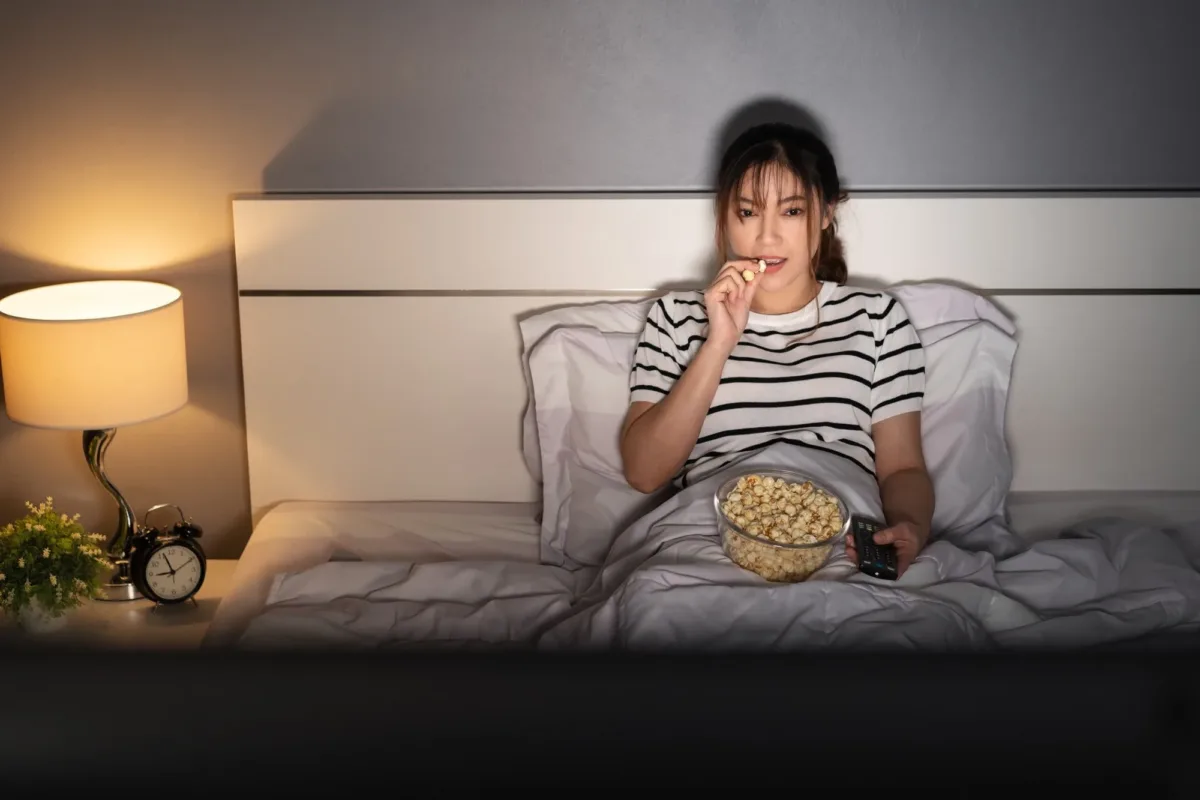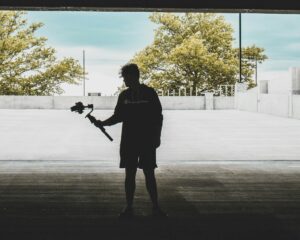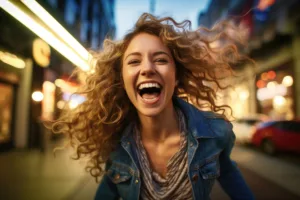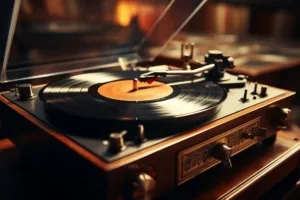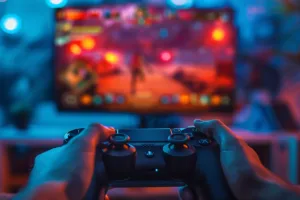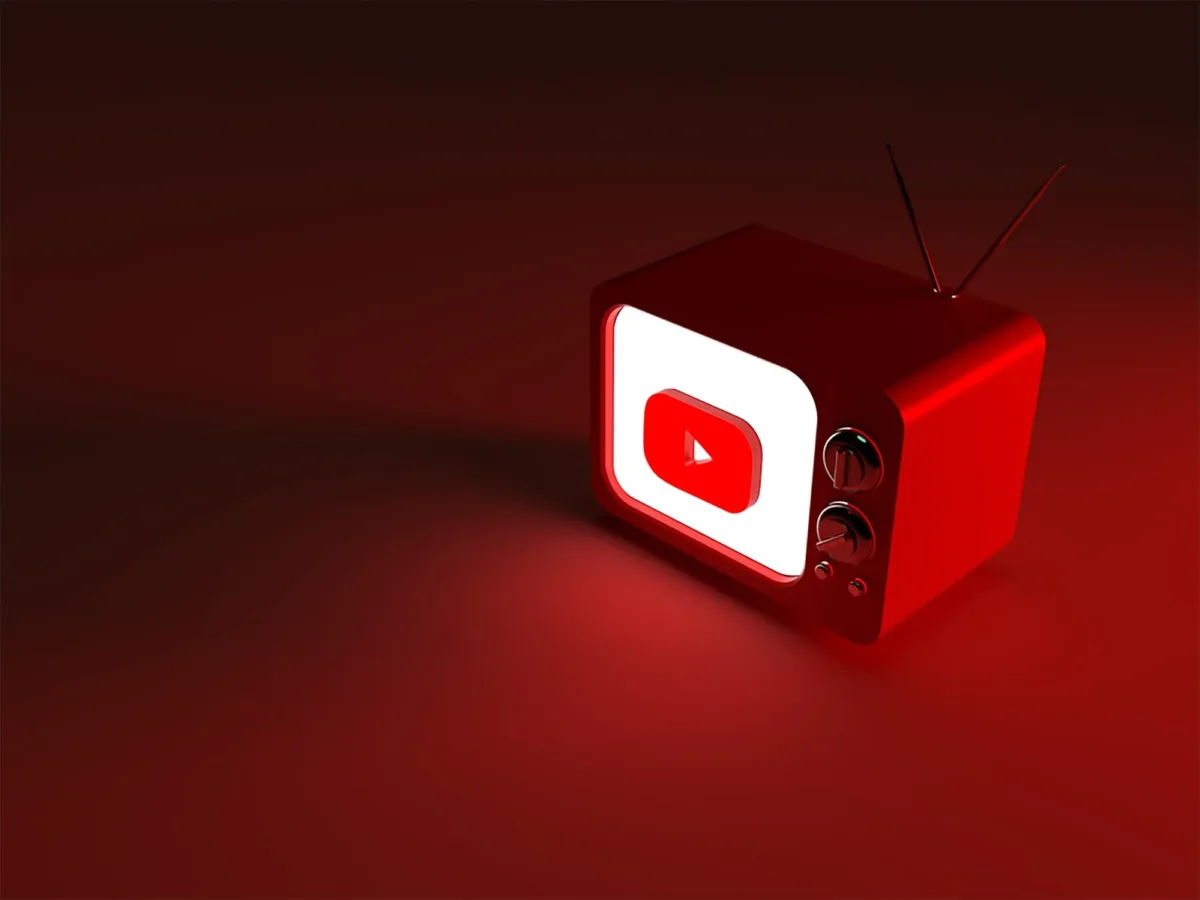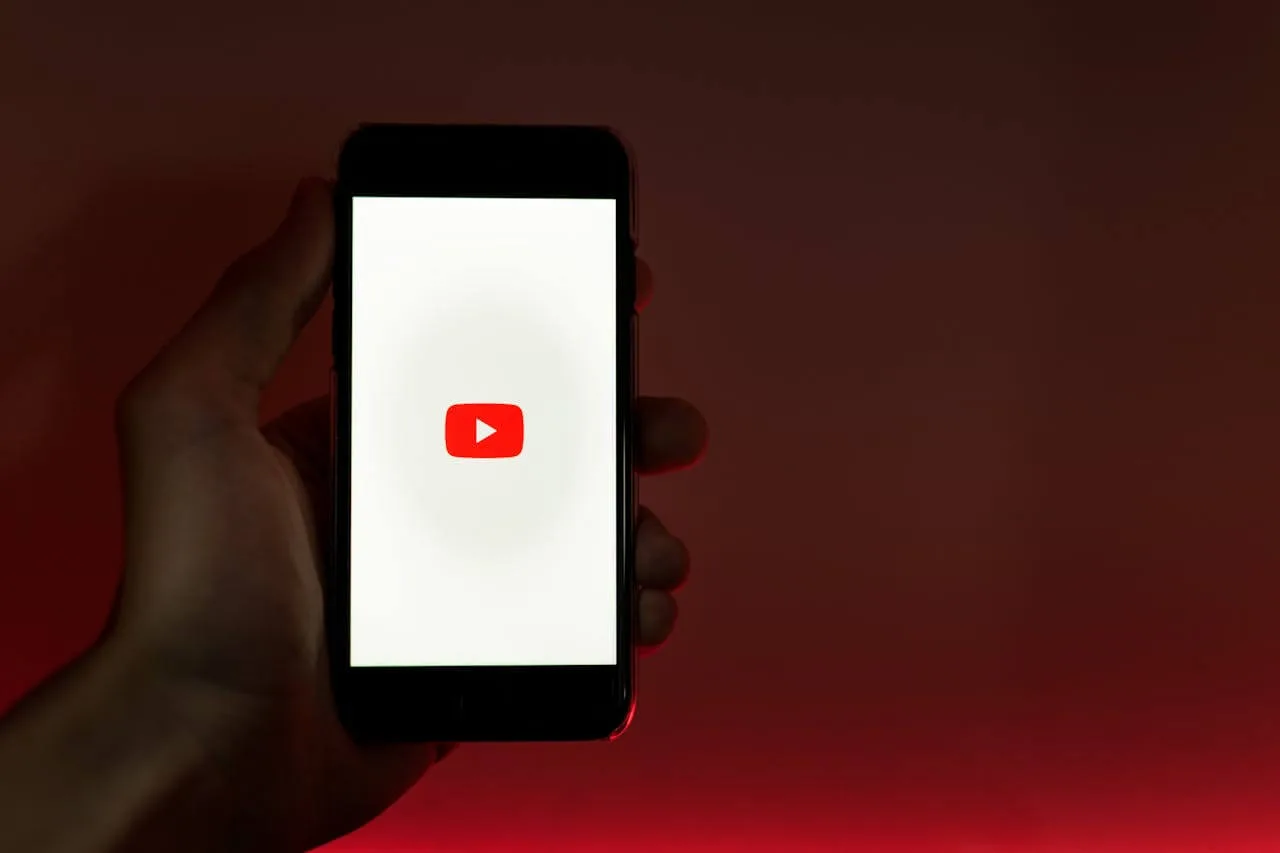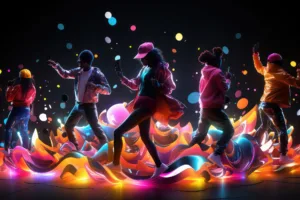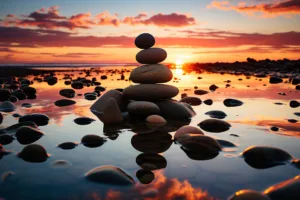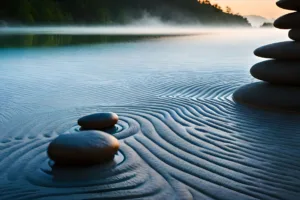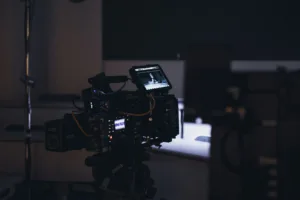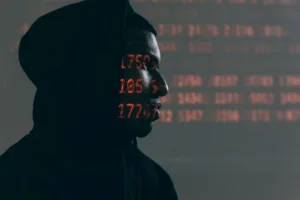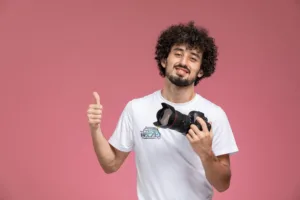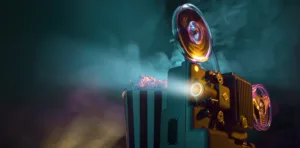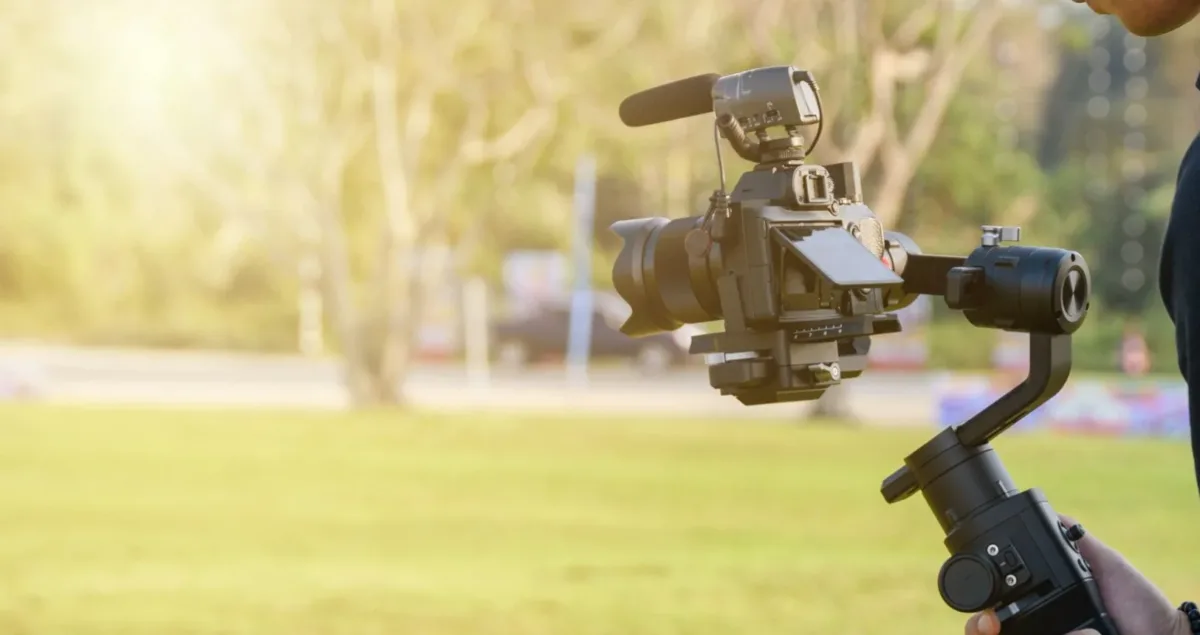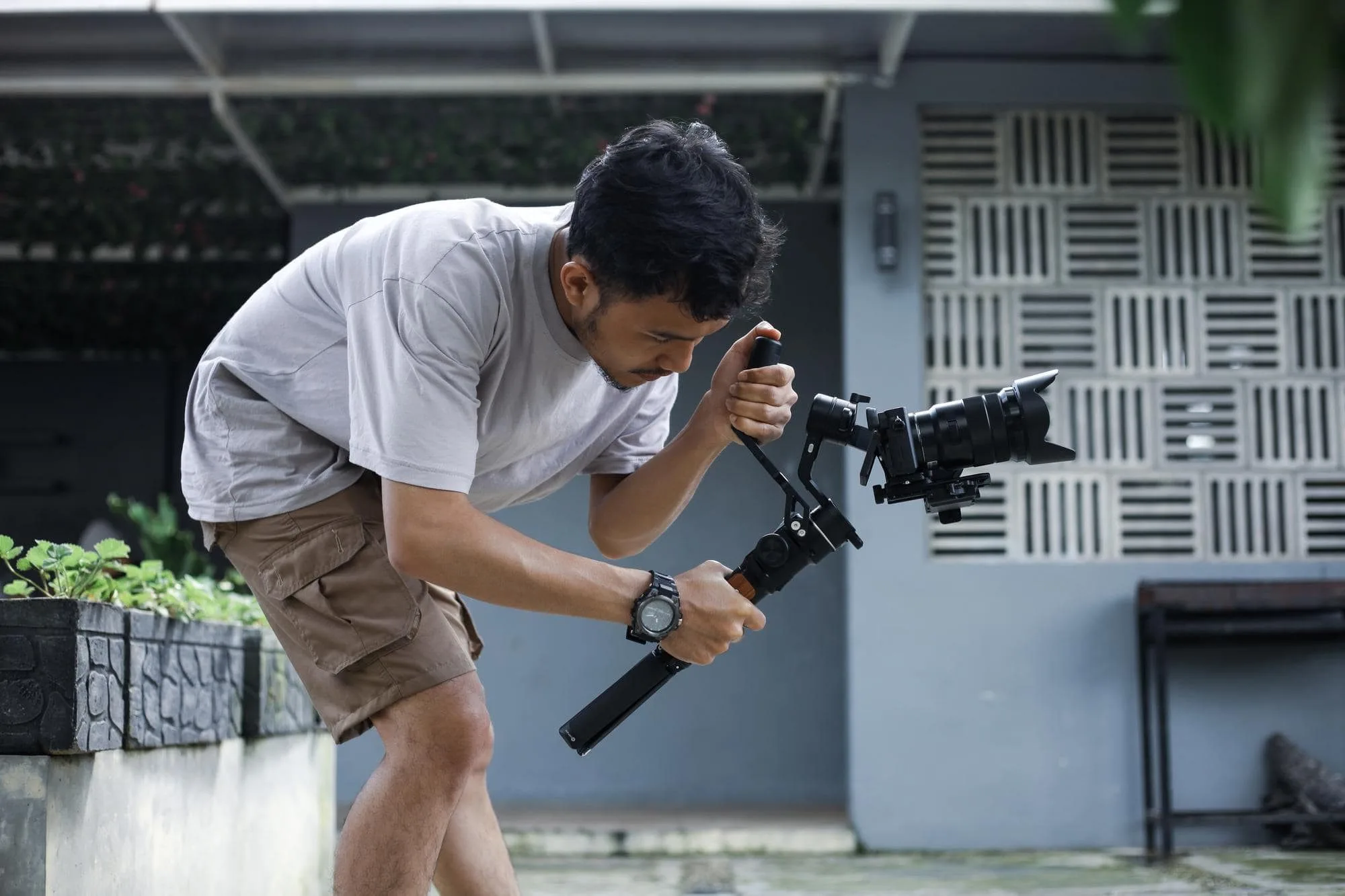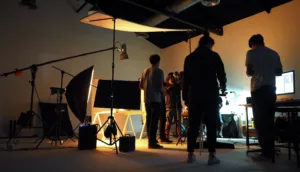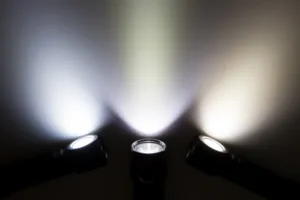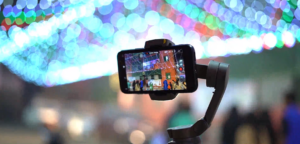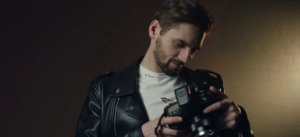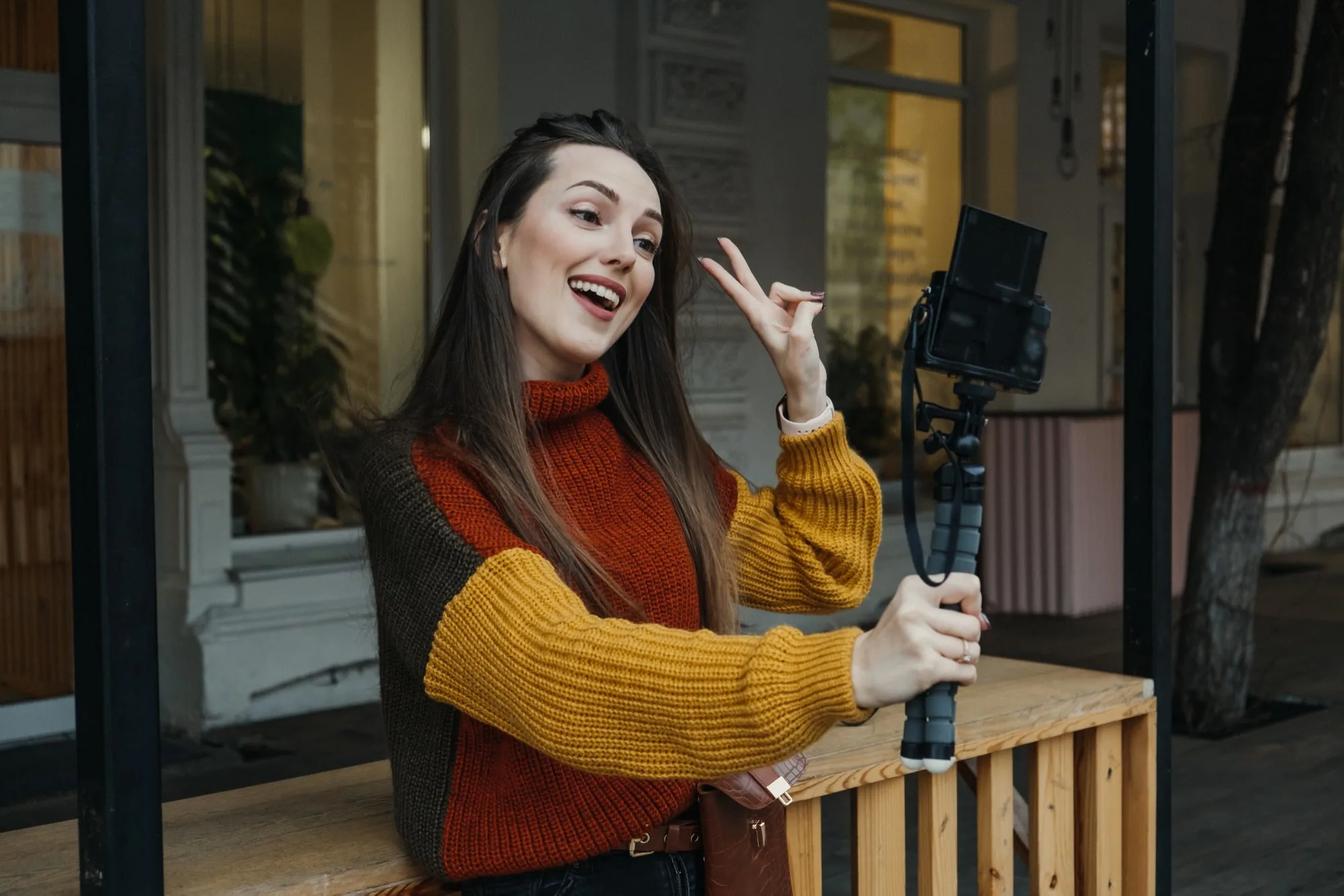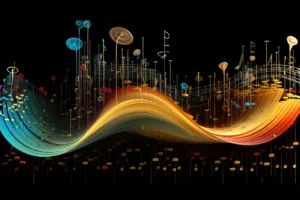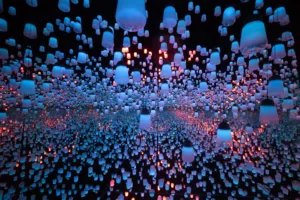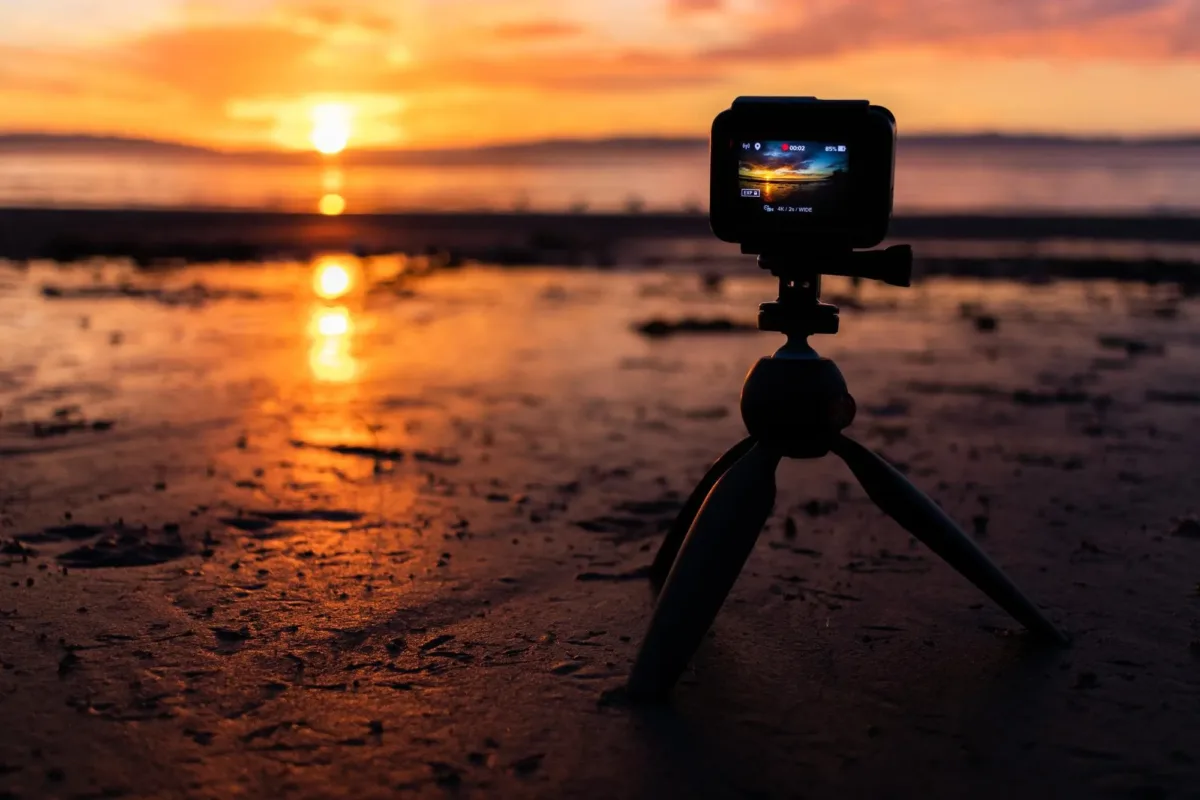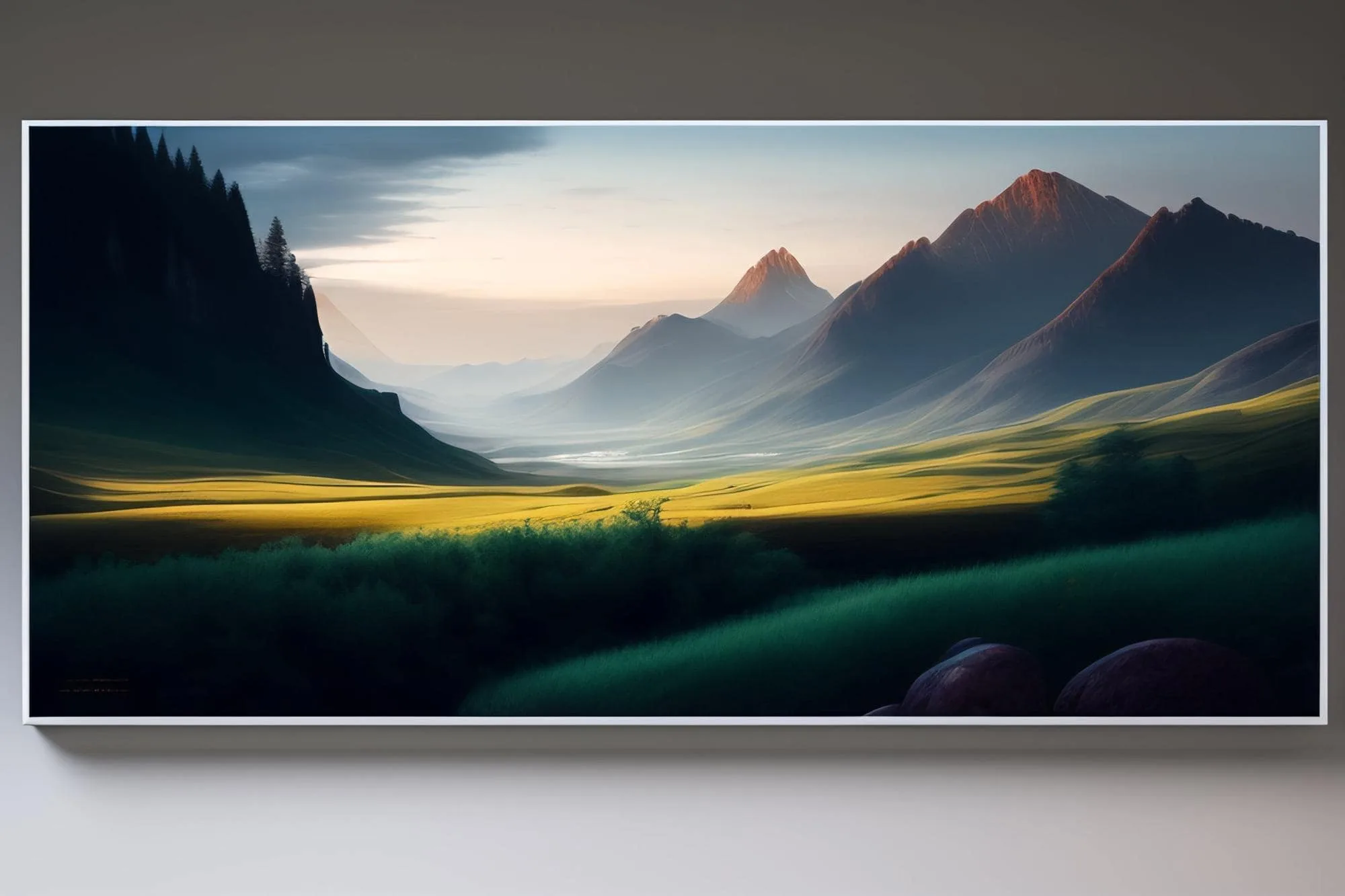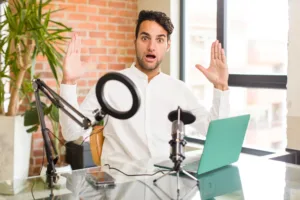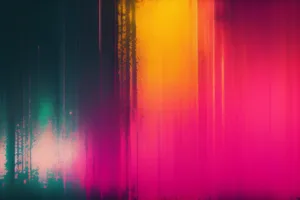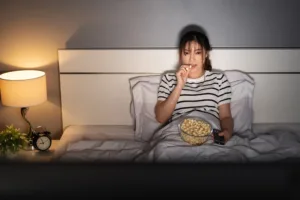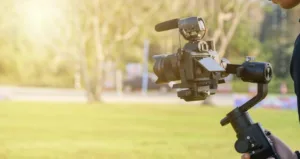How does music affect the emotions of video viewers?
Emotions of Video Viewers is everything! Ready to dive into the fascinating world of music and emotions in video? Great, let’s get started!
As humans, we have a natural tendency to connect with music on an emotional level. From happy to sad, from excited to reflective, music has the power to evoke a wide range of emotions within us. And when it comes to video, the right music can make or break the emotional impact of your content.
how does music affect the emotions of video viewers?
Firstly, music can create a sense of atmosphere and mood within a video. For example, a slow, melancholic piece of music can set a somber tone for a dramatic scene, while an upbeat, catchy tune can create a fun, lighthearted mood for a comedy skit.
Secondly, music can enhance the emotional impact of a particular moment or scene. Have you ever watched a tear-jerking movie scene and found yourself crying along with the characters? Chances are, the music played a big role in amplifying the emotional impact of that moment.

Physiological responses of viewers.
In fact, research has shown that music can even affect the physiological responses of viewers, such as heart rate and skin conductance. So, it’s safe to say that music plays a vital role in creating an emotional connection between viewers and the content they’re watching.
When selecting music for your video, it’s important to consider the emotions you want to convey, as well as the tone and style of your content. A fast-paced, action-packed video may require a different type of music than a slow, contemplative vlog.
Royalty Free Music.
In addition, you’ll want to make sure you have the legal rights to use the music in your video, whether that’s through purchasing a license or using royalty-free music.
So, to sum it up, music has a powerful impact on the emotions of video viewers. It can create a mood, enhance the emotional impact of specific moments, and even affect physiological responses. So, choose your music wisely and let it help you tell the emotional story you want to convey in your video.
Now, go out there and create some amazing, emotion-filled video content!



